How to keep pests away from outdoor plants
You can welcome the butterflies and send other insects packing
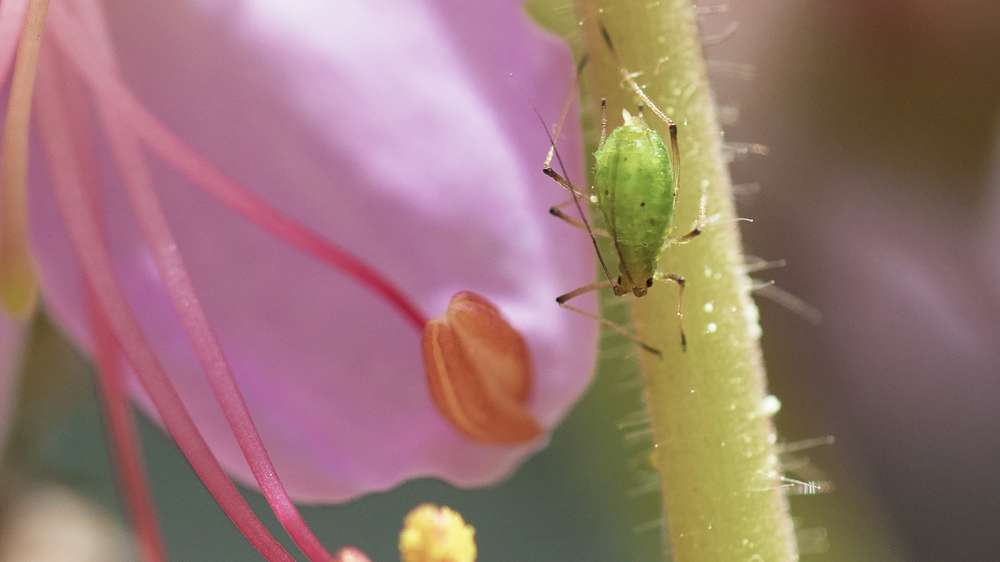
Bees, butterflies and ladybirds are whimsical and welcome guests in our gardens. But some critters aren’t quite as cute, and can be damaging to your plants.
Here’s how to keep your garden pest-free.
Make pests work harder
Most common garden pests tend to be attracted to a certain type of plant - for example, aphids particularly enjoy roses - so mix up your garden beds. Try planting herbs or vegetables in amongst your flowers so insects have to work to get their meal - it’s not as tempting to stay in a spot if they can’t easily get to what they want.
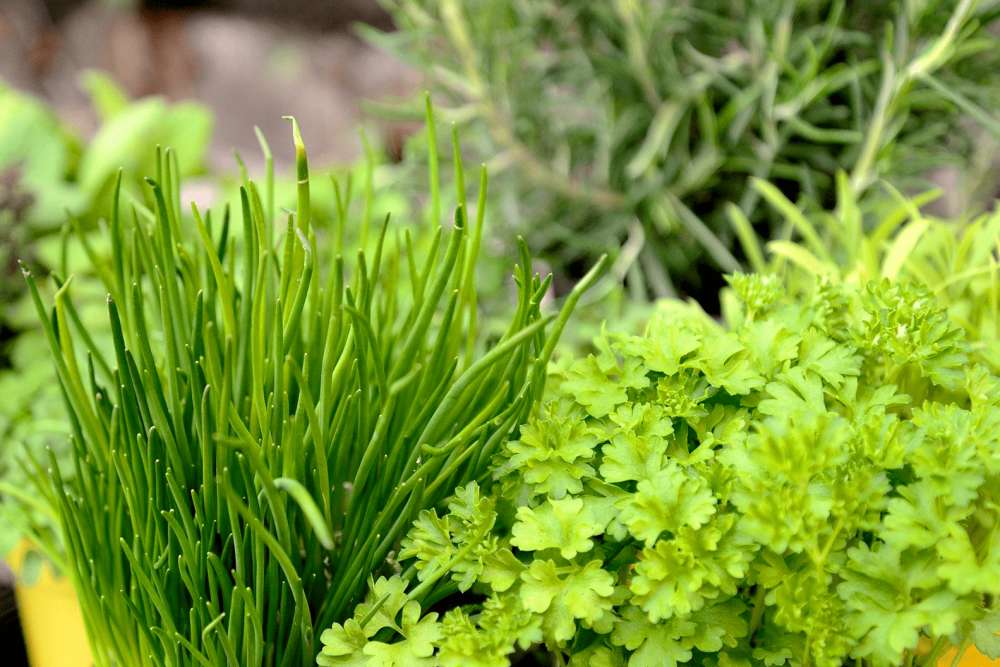
Healthy plants can defend themselves
Keep your plants healthy. Nature is incredible, and your plants have their own defences against pests and threats but they need to be in good condition to deploy them. Make sure you’re checking your plants regularly and take preventative measures like snipping off dead leaves or clearing debris from the soil.
Pick plants that repel pests
Many herbs are natural insect repellants. Scented varieties like rosemary and lavender work well, as do some common cooking plants like basil, lemongrass and mint because the fragrance and oil in the herbs irritates the pests. Some herbs are all rounders when it comes to controlling pests, like garlic and lavender. Others will help you target specific critters - moths and flies can’t tolerate basil and chives will send aphids packing.
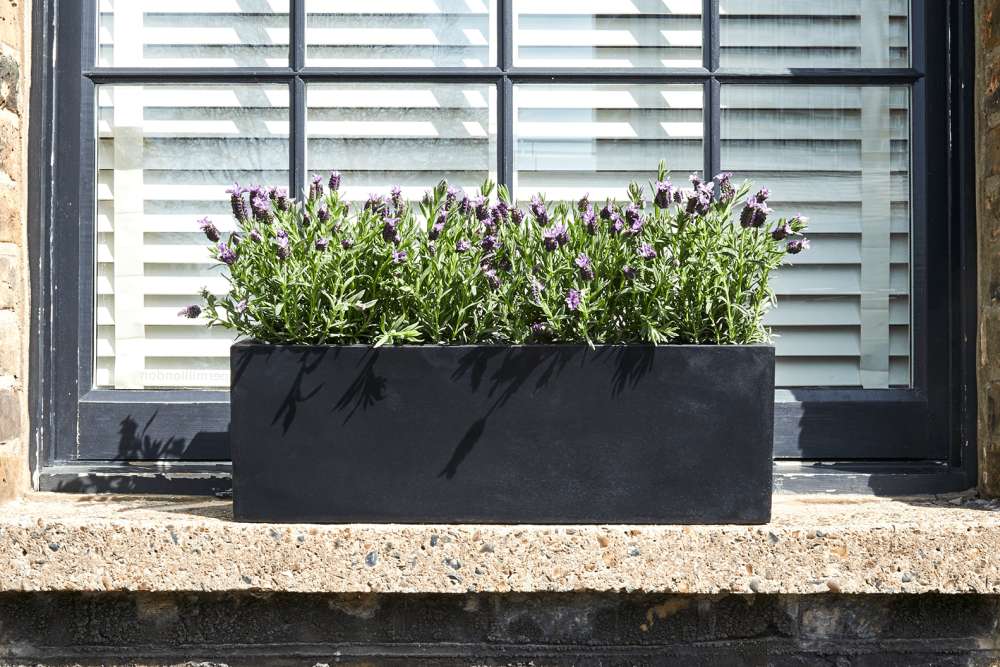
Build a barrier
Barriers like mesh or netting can also be used if you’re having trouble keeping larger pests away. Adding a physical barrier will give your plants a chance to rejuvenate.
Don’t spread pests yourself
Think about cross contamination. Some pests, or pest damage, can be wiped off with a damp cloth or snipped off with a quick prune - but if you wipe away a pest on one plant and then use the same cloth on the next plant, you’ll spread the infestation.
Insects can be friends
Attract the right insects - there are plant and flower varieties you can grow that will attract the ‘good’ bugs. Open, flat flowering plants like cosmos will encourage ladybirds and lacewings to make your garden their home. These insects prey on the pests that want to feast on your plants, so inviting the favourable insects means they’ll get to work keeping the other critters at bay.
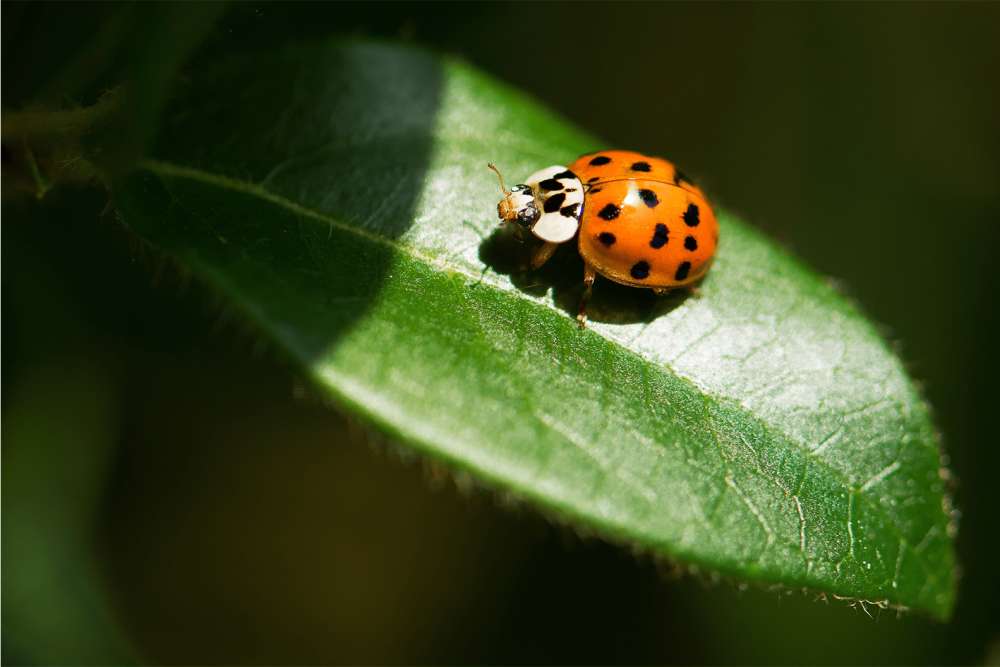
The problem with pests
Sometimes you’ll notice the insect - an army of ants marching in and out of your outdoor pot plant is hard to miss - but some pests are too small to be seen by the naked eye. You also won’t always see that they’ve been around until your plant is struggling.
Make sure you’re regularly pruning dead leaves from your plants and clearing debris from your garden beds so you don’t accidentally give pests places to hide.
Mealybugs feed on plant sap and weaken your plant, causing it to drop its leaves. You’ll notice a fluffy, waxy substance on your plants, usually on the stems or under the leaves which is easily wiped off with a damp cloth. Prevent mealybugs on outdoor plants by quarantining new plants when you bring them home until you’re sure they’re pest-free.
Ants don’t directly damage your plants and have a role to play in a healthy ecosystem in the garden. They love to nestle in the soil of pot plants though, and this can make your plant uncomfortable. Prevent ants setting up camp in outdoor potted plants by sprinkling coffee grounds, cinnamon or chilli flakes on the dirt around the base of your plant.
Black flies lay their eggs in the soil and the bugs can usually be seen on leaves (or flying around the home). Get rid of black flies on outdoor plants by spraying a diluted solution of a few drops of essential oil (clove, rosemary and peppermint are great) per 500ml of water directly onto leaves, stems, leaves and soil of affected plants.
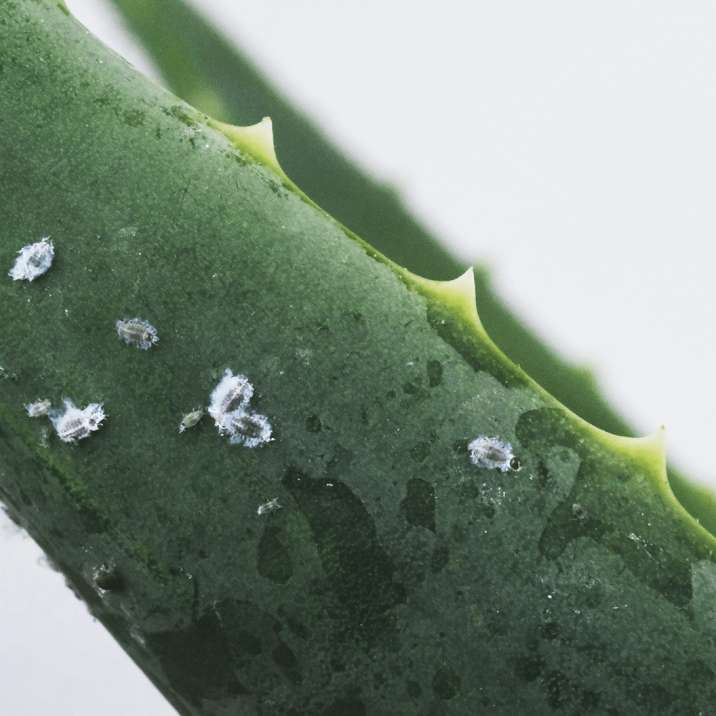
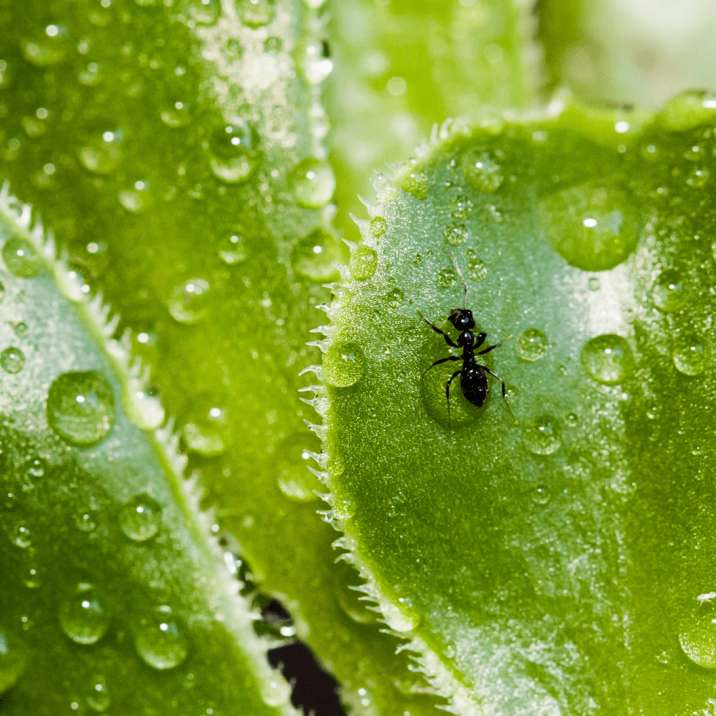
Scale insects will stunt your plant’s growth and make it lose its leaves.You’ll feel sticky residue on your plant leaves and stems when you have a scale insect infestation. They have hard shells so they can feel like bumps on the plant. Get rid of scale insects by wiping small infestations away with a damp cloth or gently scrubbing leaves with a soft toothbrush.
Spider mites are too tiny to see, but telltale signs they’re around are yellow or brown spots on the leaves of your plants. You may also notice a web-like substance on or under the leaves. Get rid of spider mites by spraying leaves with soapy water. Quarantine any plants you’re treating if you can, just for a couple of weeks.
Aphids leave a sticky residue that stops your plants getting air and nutrients and may also cause curly leaves. They’re also known as green flies, but can come in many colours. You can easily see them on the plants. Get rid of aphids by spraying your plant with water. They don’t tend to return once they’ve been knocked off.
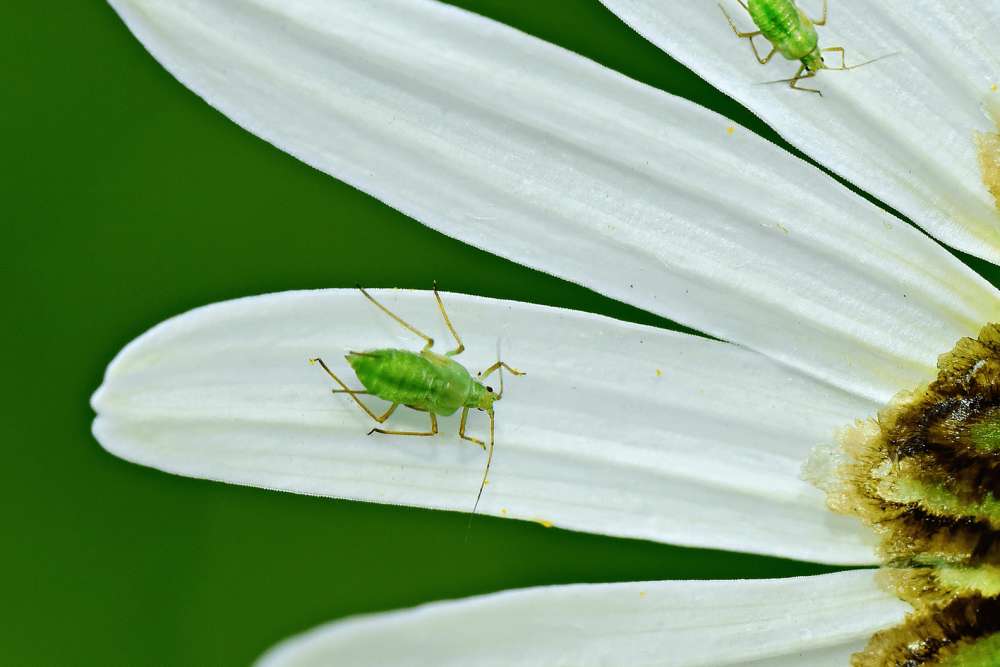
Nobody likes the idea of creepy crawlies giving their plants a hard time, but it’s important to remember nature is a finely balanced ecosystem. Luckily, there’s plenty of natural ways to send common pests packing so your garden can grow in peace.
Rewild your inbox
Plant tips. Special offers. No spam.
You might like
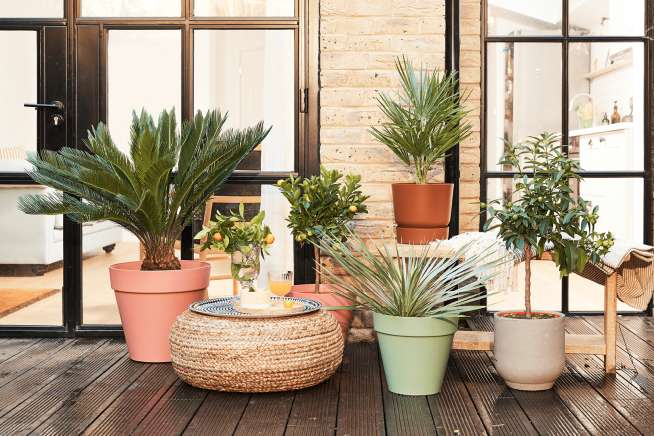
How to keep your outdoor potted plants alive
Keep your outdoor potted plants in tip-top shape with these easy tips
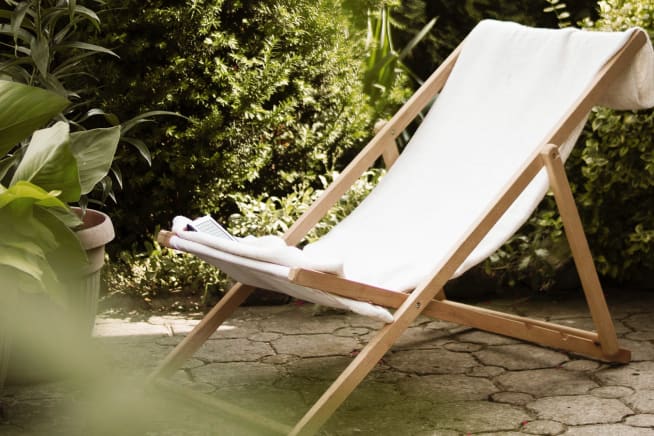
How to decorate your outdoor space
Create an enviable plant paradise by decorating your own outdoor space

Complete guide to repotting outdoor plants
Keep your outdoor garden happy with these tips